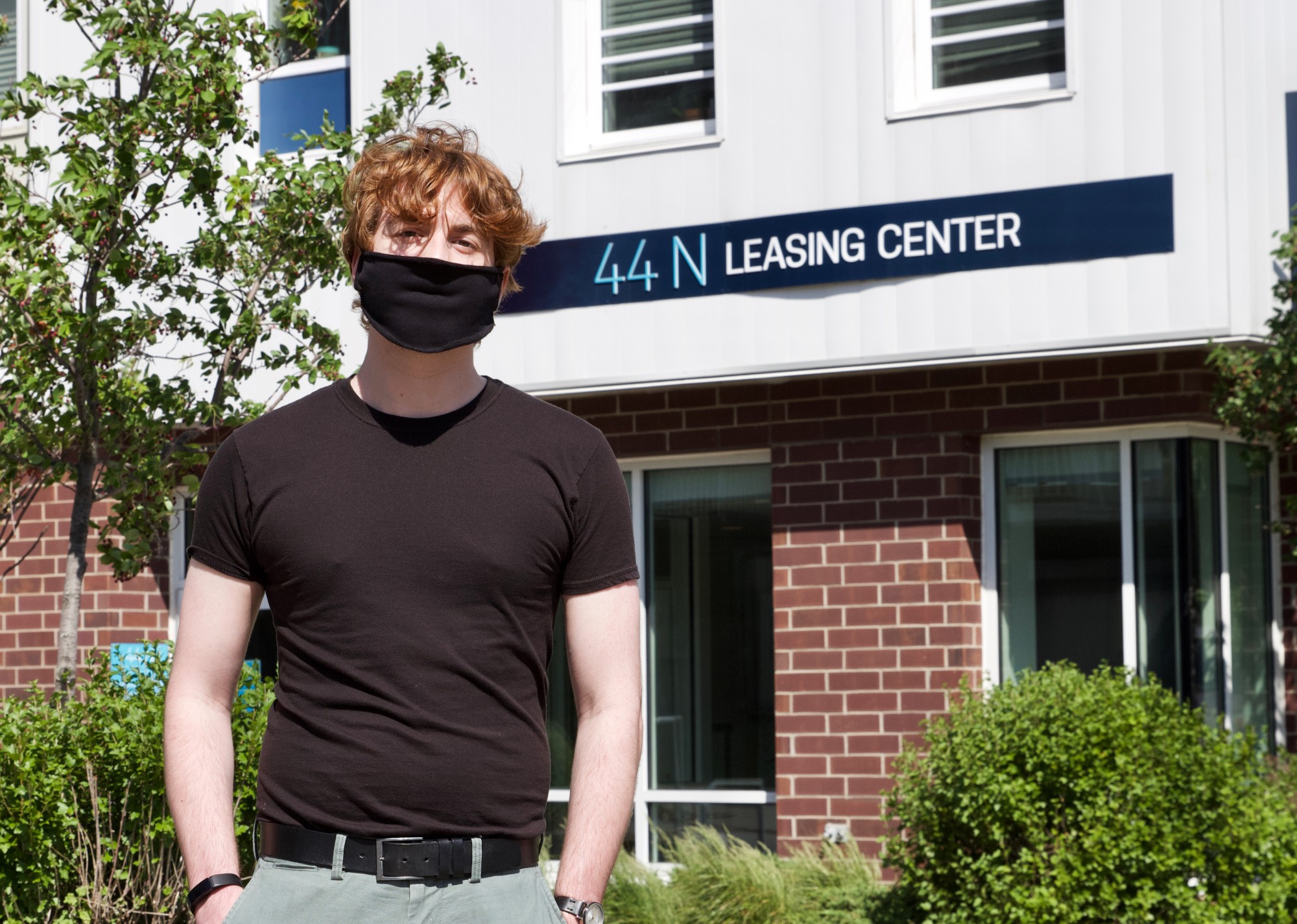Many rental units near the University of Minnesota have emptied since the campus closed during spring break, creating uncertainty about occupancy numbers in the fall.
Following conversations with property owners, the University’s Off-Campus Living unit found low occupancy rates of homes near campus since the pandemic ramped up. The high vacancy in recent months could be indicative of what may happen if classes were wholly online in the fall, students and housing experts say.
As of late May, the estimated occupancy rate was between 25% to 30% for larger apartment complexes since spring break, said Off-Campus Living’s program director Kendre Turonie. For some rental houses with between three and five occupants, only about one or two have stayed.
While the data is not exact, Turonie said property owners noted internet usage, door entry and video systems in their buildings to estimate how many people are living there. Some residents are still paying their leases while living elsewhere.
But property owners were probably “quite relieved” to find that the University will likely hold in-person classes in the fall, said Ed Goetz, program director for the Center for Urban and Regional Affairs, which deals with community issues like housing.
If classes had been totally online, Goetz said it could have been a “nightmare” for those property owners.
“All of those leases would have ended, and they would have been faced with massive vacancies,” Goetz said.
Whether students left while continuing to pay for their leases or were able to get out of them is unclear, but many have tried. This would have largely impacted property owners negatively — especially in their ability to cover mortgages for the property, Goetz said.
But uncertainty persists on the expected vacancy rate in the fall. Despite some in-person classes, many students are contending with the decision of signing a new lease.
Mark Eckelaert, who plans to graduate at the end of the fall semester, only needs to take capstone courses to finish his double major in psychology and in cultural studies and comparative literature. As someone who lives in Wisconsin, the University’s announcement of holding in-person classes still left him with questions about whether his classes would be wholly online — and a reluctance to sign a new lease.
“[It’s] definitely stressful,” he said. “[I want to] make the best choice obviously … It’s a bit hard when I have no clue what’s going on with the departments.”
Since then, Eckelaert said he heard back from his advisor who told him his capstone courses will usually have an in-person component. He said he is now trying to search for a short-term lease or take over a sublease.
Another student, Molly Carney, also plans to graduate in December. She said not knowing the University’s decision for a while added to the worry about whether or not to find a place to live.
“That was probably the most stressful thing was frantically searching for possibilities of places to live. A lot of worry for sure,” she said in an email to the Minnesota Daily.
Goetz said property owners might start providing significant reductions in rent or special deals or packages to try to incentivize students to return to campus.
“Especially in this situation, where it becomes …. almost a choice on the part of students about whether they’re going to come back to campus or not based on their course load,” he said.
Editor’s note: Kendre Turonie sits on the Minnesota Daily’s Board of Directors.







